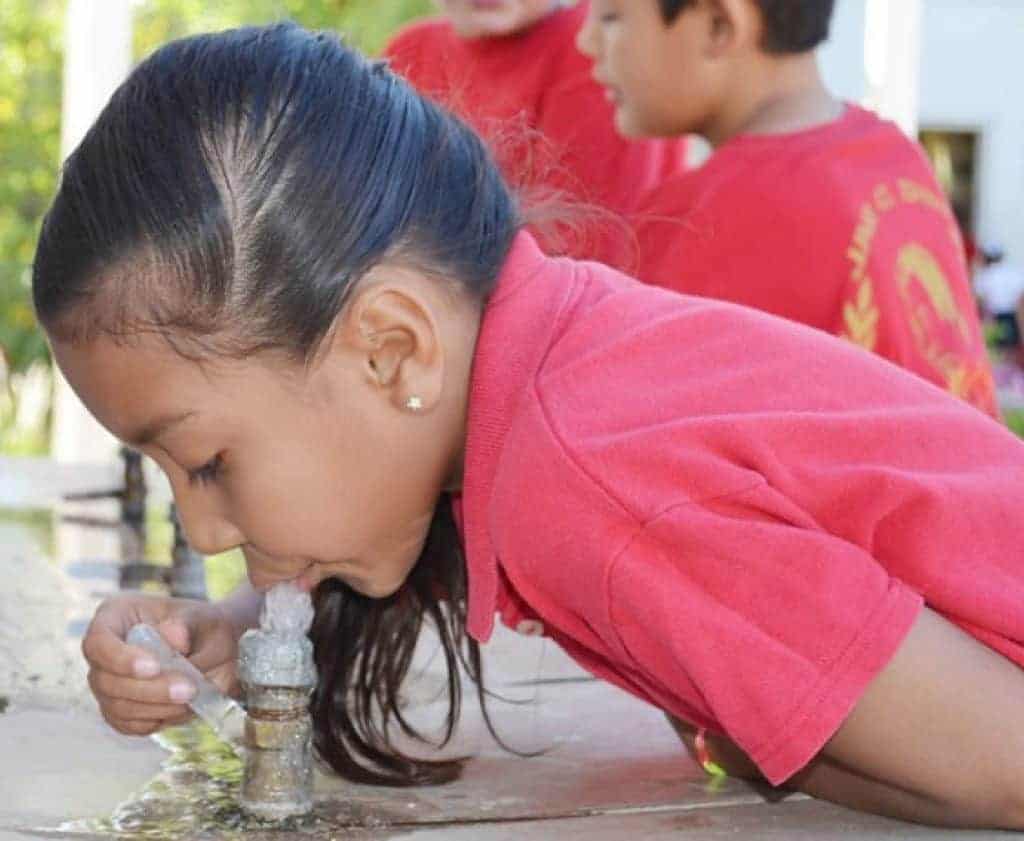In the dynamic school environment, an invisible world of microbes and bacteria coexists with students and teachers. These small but significant organisms pose a public health challenge. Recognizing and mitigating their risks is crucial, through personal hygiene education and effective cleaning practices in classrooms.
The Invisibility of Microbes in School Classrooms
Microbes and bacteria are omnipresent elements, especially in crowded places like schools. Here, where hundreds of children and adolescents interact daily, the exchange of these organisms is constant.
Cafeteria tables, computer keyboards, and door handles are just a few hotspots where microbes thrive. This environment fosters not only learning and socialization but also the inadvertent exchange of germs.
The relevance of this topic goes beyond simple disease prevention. It’s a matter of public health and collective responsibility. Dr. Aliza Lifshitz, an internist at Cedars-Sinai Medical Center, emphasizes the importance of good hygiene as a preventive measure. This is particularly relevant considering that millions of students in the United States miss classes annually due to illnesses.
This phenomenon affects not only children’s health but also their education and development. Therefore, it’s essential to adopt effective strategies to reduce the spread of microbes in the school environment. These strategies range from personal hygiene education to implementing cleaning and disinfection routines in classrooms.
High-Risk Zones: Identifying Microbe Breeding Grounds
Critical Points: The Most Contaminated Areas in Schools
Schools, brimming with life and activity, are also hotbeds of microbes and bacteria. These organisms find certain places ideal for proliferation. The cafeteria table, for instance, becomes a breeding ground after each break, accumulating germs from multiple hands and foods.
Similarly, computer mice and keyboards harbor a significant amount of bacteria, surpassing even desks. Other critical points include the handles of paper towel dispensers in bathrooms, water fountains, faucets, and library tables.
These shared areas are frequent contact points, facilitating the transmission of microbes among students.
Revealing Studies: Research from the University of Arizona
Researchers at the University of Arizona conducted a comprehensive analysis of six K-12 school systems. This study focused on the most-touched non-porous hard surfaces in classrooms and common areas.
The results were eye-opening: heterotrophic and coliform bacteria were present in high quantities, especially in the aforementioned zones. This finding underscores the importance of focusing on these areas during cleaning and disinfection routines in schools.
Understanding these spaces as high-risk zones is vital for developing effective cleaning and prevention strategies. By identifying these critical points, parents, teachers, and school administrators can work together to implement practices that reduce the presence and impact of microbes in the school environment.
Prevention and Protection Strategies for Our Children
Education and Prevention: The Role of Parents and Educators
Prevention starts with education. Teaching children about the importance of personal hygiene is a fundamental step. Parents and educators should promote practices like frequent handwashing and the use of alcohol-based sanitizers.
These simple actions are powerful tools for reducing the spread of microbes, especially in environments where children share school supplies or take turns using equipment like computers.
Dr. Aliza Lifshitz notes that the responsibility lies with both parents and educators. Instilling hygiene habits from a young age helps form a barrier against disease transmission. Moreover, these practices should be consistent at home and school, creating a coherent and safe environment for children.
Practical Measures in the Classroom: Cleaning and Disinfection Routines
Cleaning and disinfection routines in schools are crucial. Although common areas may be cleaned in the morning, microbes multiply throughout the day. Therefore, implementing a frequent disinfection routine is important.
Desks, doorknobs, and other common touchpoints should be regularly cleaned with disinfectant wipes, following usage instructions to ensure effectiveness.
Parents can contribute by providing hand sanitizers or disinfectant wipes. Teaching children to avoid direct contact with surfaces in bathrooms, like using paper towels to handle faucets and toilet handles, can also significantly help.





